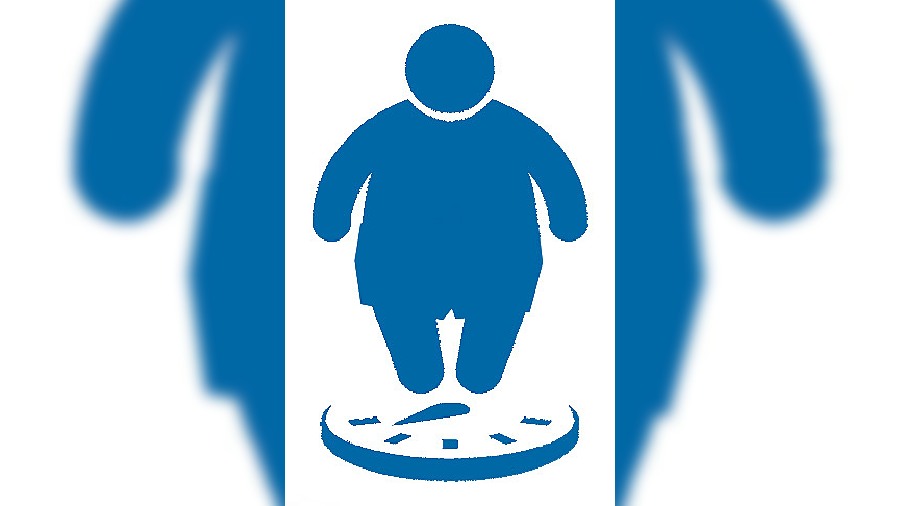A young child of 12 years weighing 120kg reported to a city paediatric outdoor with hypertension and deranged sugar level. Paediatrician Nicola Flynn examined the case and found that the medical problems were associated with childhood obesity which needed correction.
The mother expressed surprise and refused to agree. She insisted that her child was just healthy and not obese.
The very idea of medical problems resulting from childhood obesity and its implications are not understood by many. Childhood is generally the age between infancy and puberty or adulthood. This is one of the most important public health challenges of this century.
During the Covid period, there were many restrictions, especially for children, but that has almost normalised now. There are some deep-rooted concepts in West Bengal regarding the management of health in infants which have existed over decades:
- Preference for obese babies in many families.
- Reluctance and failure to accept childhood obesity as a problem.
- Forced overfeeding of infants is acceptable to many.
- Social and familial pressure regarding children’s health cannot always be ignored.
According to a report, about 27 million cases of childhood obesity are expected in India around 2030. Overweight cases in the paediatric age group may be around 25 per cent in the urban areas. Infants beyond the 95th percentile are obese.
Body Mass Index or BMI is a measure of body fat based on height and weight. BMI beyond or equal to 30 is obese and 25 to 29.9 is overweight. Waist circumference can also be measured for central obesity.
Childhood obesity can assume epidemic proportions and can lead to adult obesity in many cases. According to an estimate, the risk is significant:
- 14 per cent chance if obese as an infant.
- 25 per cent chance if obese at preschool age.
- 41 per cent chance if obese at 7 years.
- 75 per cent chance if obese at 12 years.
- 90 per cent chance if obese at adolescence.
Thus recognition of childhood obesity early is of great importance. It needs to be managed at the appropriate time. The social aspects of childhood obesity are significant. These children are teased, bullied and discriminated against. Poor self-image leads to isolation and withdrawal, sometimes leading to depression. This encourages more food intake and weight gain.
Many school days are missed and their academic performance is poor. There are reports that adequate breast feeding can reduce chances of childhood obesity. However, maternal obesity can increase the chances of obesity in the child.
Children get addicted to TV shows, video games and computers, resulting in drastic reduction of physical activity, which is recommended for 60 minutes daily. Celebrity endorsement of fast food influences children to a large extent. Cultural changes that have occurred in the past few decades have also been implicated.
Children need to be rewarded for their performance at school and home whenever required. However, fast food as a reward should be avoided. Many consider obesity in a child as normal and do not come forward for treatment. Children need to be watched carefully regarding their weight or any other abnormality. Parents should consult a dietitian or child specialist for assistance and be nutritionally literate.
The medical problems related to childhood obesity are of real concern.
Adenovirus infections are more common in obese children. Sleep loss also promotes obesity. Among many other diseases, there is also an increased association with cancer. There is an assumption that increased fat leads to subclinical inflammation, which leads to cancer in later life. In males prostate and colon cancers are known and in females, post-menopausal breast cancer, uterine and ovarian cancers are associated with obesity.
Some of the other diseases associated with obesity are
- Cardiovascular: hypertension, deranged lipid profile and deep vein thrombosis.
- Pulmonary: sleep apnoea, dyspnoea and asthma.
- Gastrointestinal: gallstones, reflux disease and fatty liver.
- Endocrine: hypothyroidism, growth hormone deficiency and reproductive dysfunction.
- Genito-urinary: polycystic ovaries, infertility and menstrual problems.
- Metabolic: type 2 diabetes,gout and vitamin D deficiency.
Even a weight loss of 5 to 10 per cent can reduce the risk of various diseases. Bariatric or weight loss surgery is rarely performed in children. Although opinion of the paediatric consultant is paramount, parents can try the 5210 programme for their child:
- 5: Eat fruits and vegetables at least 5 times a day.
- 2: Limit screen time to 2 hours per day.
- 1: Physical exercise at least one hour per day.
- 0: No sugary drinks.
Senior paediatrician Prof. Apurba Ghosh has been working on children’s obesity for the past few decades and has made valuable contributions.
Conclusion
The medical costs of childhood obesity are avoidable. It is a burden on society. Paediatric obesity clinics should be given importance in all hospitals. It is difficult to separate health from education in children. Educational institutions should report childhood obesity to parents or doctors.
So is your child healthy or obese?
Author is the secretary of the Bengal Oncology Foundation and clinical director of the department of surgical oncology, Peerless Hospital






